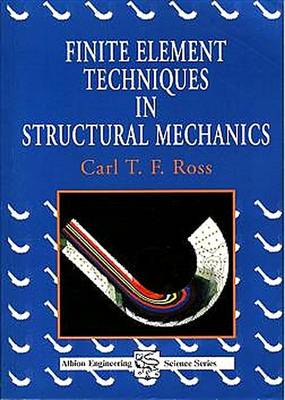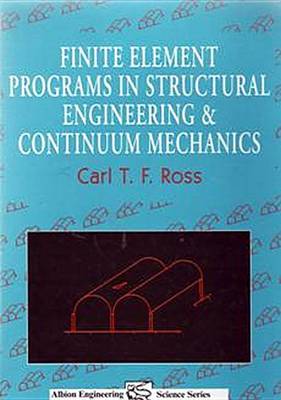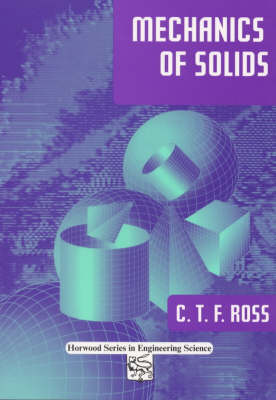Woodhead Publishing Series in Civil and Structural Engineering
3 primary works
Book 1
This advanced undergraduate and postgraduate text serves for courses in many engineering disciplines and professionals in industrial or academic research. It is written in a step-by-step methodological approach so that readers can acquire knowledge, either through formal engineering courses or by self-study. Also useful for industrial engineers as a reference manual.
Book 2
Finite Element Programs in Structural Engineering and Continuum Mechanics
by Carl T. F. Ross
Published 1 January 1996
Bridging the gap between theoretical texts and the massive and expensive software packages, this handbook covers finite element programming in a wide range of problems in mechanical, civil, aeronautical and electrical engineering. Comprehensive, it ranges from the static analysis of two- and three-dimensional structures to stress analysis of thick slabs on elastic foundations, and from two- and three- dimensional vibration analysis problems to two-dimensional field problems including heat transfer and acoustic vibrations.
The 24 printouts of powerful and valuable engineering computer programs, written in QUICK BASIC, are introduced by a preliminary chapter giving useful hints and formulae intended for structural design. The programs are capable of analysing problems in engineering design and manufacture, with text fully describing how to use the computer programs for their particular problems or tasks. The finite element method is used in all the programs, and the problems for analysis can be of quite complex design and shape and with complex boundary conditions.
The 24 printouts of powerful and valuable engineering computer programs, written in QUICK BASIC, are introduced by a preliminary chapter giving useful hints and formulae intended for structural design. The programs are capable of analysing problems in engineering design and manufacture, with text fully describing how to use the computer programs for their particular problems or tasks. The finite element method is used in all the programs, and the problems for analysis can be of quite complex design and shape and with complex boundary conditions.
Book 7
This text is the primary recommendation of the UK Engineering Council Faculty of Technology to all British universities as of approved standard and quality for use as a text for the Board's own examinations. It introduces the fundamental concepts and principles of statics and stress analysis as the essential reading for first year engineering students. Worked examples from the authors experience reinforce comprehension of key concepts. Tutorial solutions with explanation in extended detail have been provided for students. Key elements include: use of free-body diagrams to help problem solving; coverage of composite materials; torsion of circular and non-circular sections; and the matrix-displacement method.


